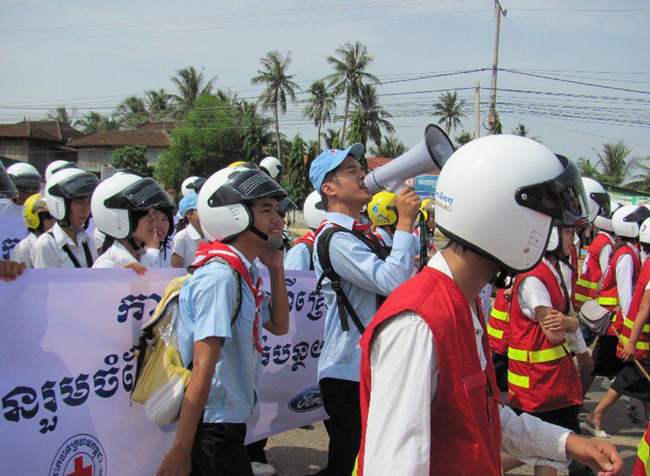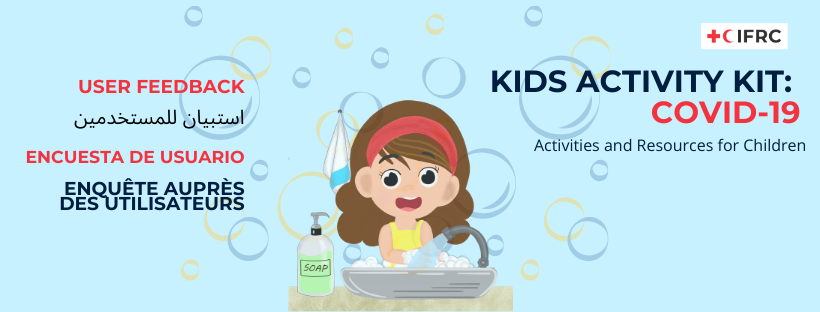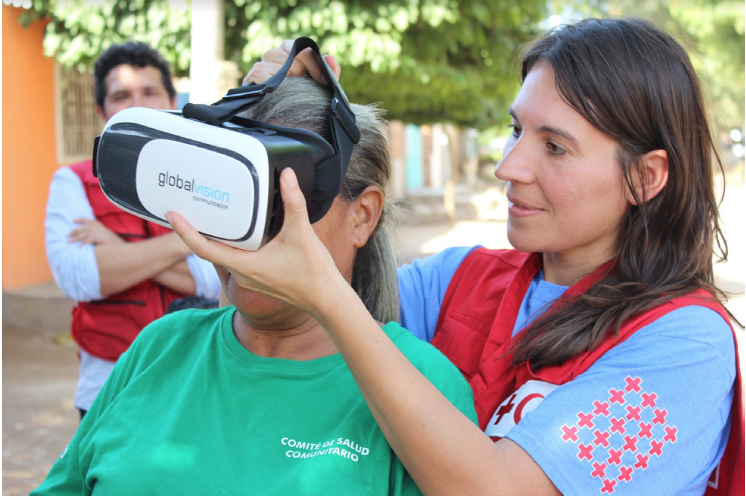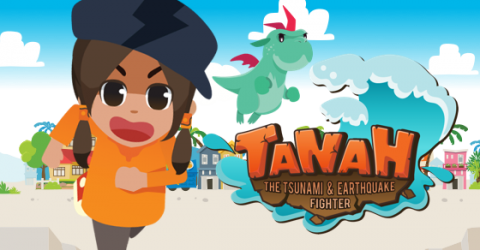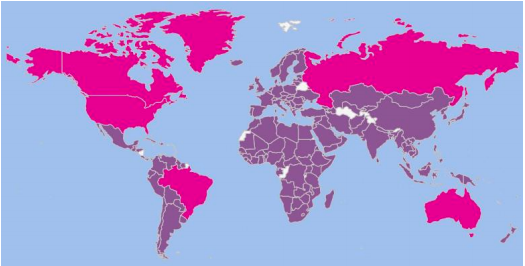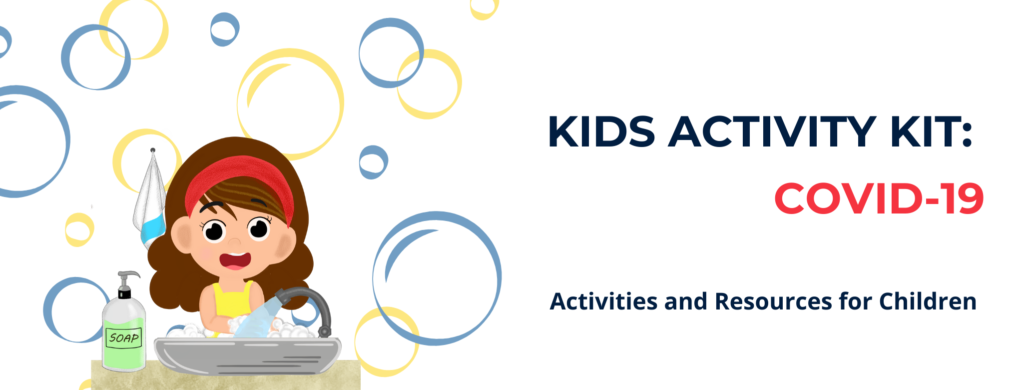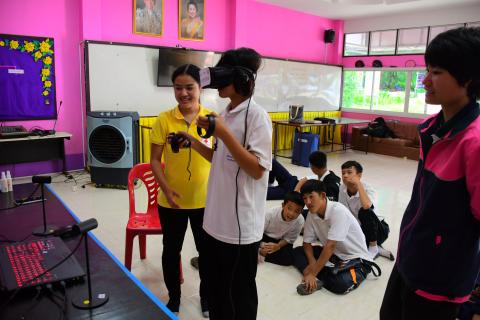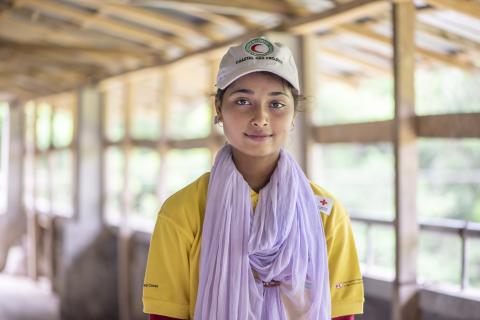Launch Of Small Grants II: Call for Asia Pacific National Society and Youth Volunteer Urban Climate Resilience Proposals
As we witness the climate crisis, COVID-19, and an ever-evolving humanitarian landscape – understanding the urban context and enhanced urban resilience, remains a critical, cross-cutting issue underscoring our Red Cross Red Crescent work. Especially in the Asia Pacific – a primarily urban region. In the context of rapidly transforming cityscapes and growing urbanization, urban communities […]

